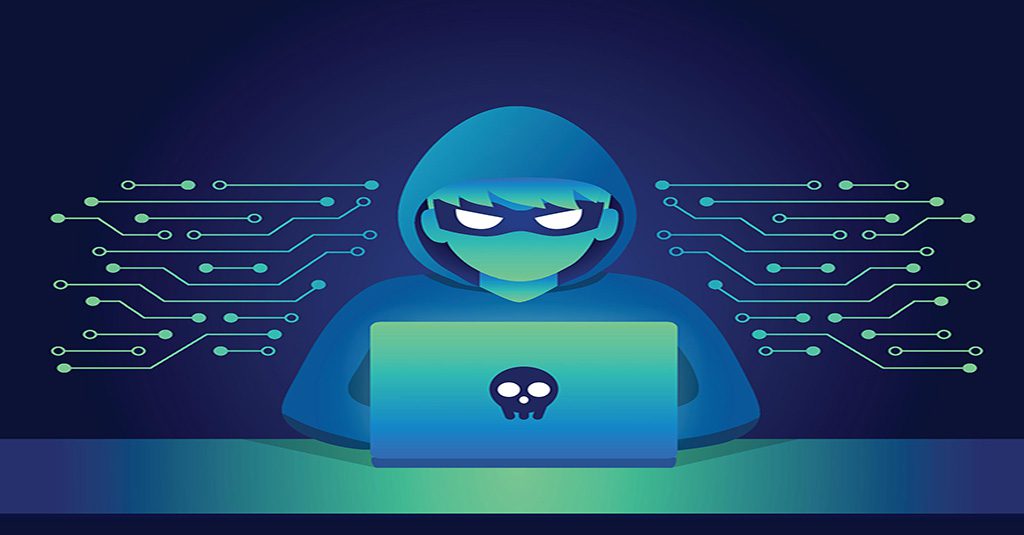What source puts a company’s data most at risk? It’s not hackers, or nation-state cybercriminals, or even disgruntled employees – it’s email. Seemingly routine, everyday email is the most likely vector for a damaging cyberattack that leads to a data breach. But a few smart steps can be taken to reduce the risk of an email-related data breach in 2021.
Results from a recent survey of 500 IT leaders and 3,000 remote-working employees in the US and UK across vertical sectors including financial services, healthcare and legal affairs make one thing clear: every business is at risk for trouble. More than 80 percent of surveyed organizations have experienced a data breach in the past year because of email. Further, 95 percent of the IT leaders surveyed believed that client and company data is most at risk from actions that are taken over or in response to email.

Human Error, Stress and Distraction Cause Worrisome Jumps in Data Breaches
Employees are handling more email these days as the expected return to offices is slowed by the continued global pandemic. An estimated 85 percent of employees reported sending more emails since they’ve been working remotely. Throughout the last year as companies remained fully or mostly remote, email handling has grown less predictable as well, bringing new challenges to IT teams – 73 percent of employees surveyed said that they regularly read and respond to work emails outside of their working hours, and almost one-quarter of employees (24%) reporting that they handle work email while doing other things.
This tracks with the long established IT maxim that the number one cause of a data breach is human error. One of the major contributors to email based data breaches noted in the survey was remote workers making mistakes and because of distraction, tiredness and stress. About 60 percent of employees noted that they are working in environments where distractions are commonplace. A further 73 percent of employees reported that they feel tired, stressed or upset because of the pandemic.
IT leaders agree that the pandemic and remote work spurred by it are major contributing factors to email-related data breaches. Almost 60 percent of IT leaders reported an increase in email data leaks since implementing remote working as a result of the pandemic. Those same IT leaders reported that email-related data handling mistakes were one of their company’s biggest risks, with almost one quarter of breaches caused by an employee sharing data in error by sending an email containing sensitive data to the wrong recipient or attaching the wrong file.
Employees Are Handing Out Credentials at an Eye-Popping Rate
Employees under pressure and working remotely are also interacting with much more phishing email and handing out their credentials at an alarmingly high rate. In a recent multi channel phishing exercise, researchers noted that one-fifth of the tested employees fell for phishing emails even if they have gone through some security awareness training. Of employees that fell for the phishing email, more than two-thirds also entered their credentials, such as a password.
This is a troubling trend, especially for businesses that do not have adequate access point security. Researchers noted that the number of surveyed employees who fell for phishing tricks and clicked on a phishing link increased by 77 percent in this year’s survey, going up from 11.2 percent in 2019 to 19.8 percent in 2020. Those employees were also quick to hand over their credentials. An astonishing 644 percent year-on-year increase in employees that provided their credentials in response to phishing illustrated the increased danger of an email related data breach for companies, skyrocketing from 1.8 percent in 2019 to 13.4 percent in 2020.
What Will Mitigate This Risk?
Reducing a company’s danger from phishing starts with reducing its proximity. The less exposure employees have to phishing, the better. If a company uses an affordable automated phishing defense solution like Graphus, it’s already making great strides toward solving that problem. Otherwise, two strong mitigations to put in place to lower the risk of an email-related data breach in both the short and long term are secure identity and access management and better security awareness training around email.
Secure identity and access management with Passly won’t stop staffers from mishandling email, and credentials, but it can stop cybercriminals from gaining access to your systems and data with a phished password. Multifactor authentication stops 99 percent of password-based cybercrime. That’s just one of the overlapping defensive tools that you get with Passly. This is the fastest, easiest mitigation to put n place for an business.
Advanced phishing resistance training with the new BullPhish ID is the gift that keeps on giving for organizations. Security awareness training like this, when refreshed at least quarterly, lowers a company’s chance of falling victim to a phishing attack by up to 70 percent. The newly unveiled user-friendly, customizable training portals make training painless for IT staff and employees. Plus, training materials can be customized to reflect a company’s real threats. Add white labelling at every turn and MSPs can be sure that their business is top-of-mind- for users.
Helping prevent email-related data breaches is essential for securing businesses as we shift into a more permanent work-from-home world. Companies have realized that remote work is here to stay and it brings them unexpected IT challenges (and huge risks) that can only be solved with the right combination of cybersecurity solutions to keep data in and cybercriminals out.




No comments:
Post a Comment